Education & Resources
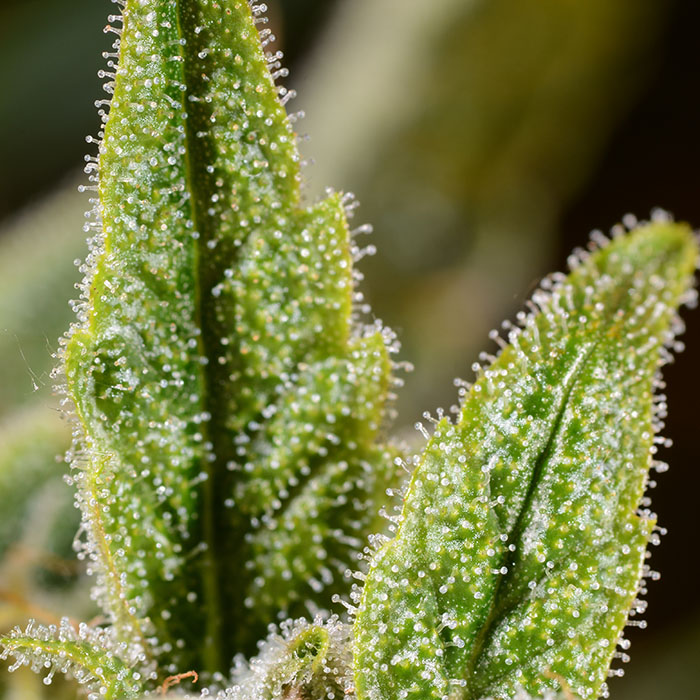
The Cannabis Plant
Known mostly for its restricted access, cannabis is showcasing its promising therapeutic potential to healthcare professionals, patients, and cultivators around the world. With incredibly diverse uses – such as paper production, clothing fibers, building materials, and even fuel – it’s no wonder why this resilient plant has long held worth in civilizations. A better understanding of not only what medicinal advantages can be derived from cannabis, but also how these benefits may impact our society for generations to come, presents a unique opportunity for consumers and cultivators alike. Join us as we discover more about one of nature’s most intriguing plants.
Beyond the Leaf
Cannabis is a complex plant – far more than simply identified by its iconic five- or seven-bladed leaf. Its “buds,” which are actually branches of tiny flowers, take both time and nurturing to reach their desired state for consumption after going through multiple life stages. A slow, controlled drying process finishes the flower’s development before harvest so it can be enjoyed in all its glory.
With its many uses, cannabis is a plant that offers considerable medicinal value. To maximize the benefits of this powerful herb, cultivators focus their attention on harvesting only the plant’s flowers, which hold highly concentrated trichomes (tiny crystals with immense potential). The oils from these potent growths contain numerous beneficial compounds for medical treatments and therapeutic effects.
A Not-So-Simple Seed
Cannabis plants are unique in their gender-based reproduction needs; while many flowers can self-pollinate, male cannabis is necessary to initiate the development of seeds. The process starts when a female’s stigmas catch pollen from its male partner – this interaction triggers seed production and serves as nature’s primary way for cannabis plants to reproduce.
As the female flower carries her developing seeds, they become a beautiful pattern of vibrant colors – starting off-white before transforming to pale green and onto an eye-catching dark brown tiger-striped pattern. While their male counterpart passes away much earlier in their life cycle, when these precious pearls have attained enough ripeness in the female plant, it is time for them to be harvested.
The Cannabis Life Cycle
The life stages of the cannabis plant are generally divided into the following three phases:
Phase One: Propagation
Plants typically start their life small, intending to find a stronghold in the environment. There are two ways to nurture them: sowing seeds or “cloning” via rooted cuttings. Cloning, often referred to as ‘vegetative reproduction’ by horticulturists, is achieved by cutting off a branch from an existing plant and encouraging root growth within its new soil medium. The emergence of roots marks the transition into the next growth phase.
Phase Two: Vegetative Growth
Under ideal conditions, plants can grow remarkably in their pre-flowering stage. It can become an impressive specimen with careful tending and suitable environmental factors, ready to blossom within weeks. In addition to vigorous development at this juncture, growers also use these early stages to determine which genders will remain in cultivation; males are routinely culled out so that all energy is focused on nurturing prime female specimens.
Phase Three: Flowering
To ensure optimal plant growth, it is essential to accurately replicate nature’s environments – most notably the cycle of light. Plants have been found to flourish when exposed to no more than 12 hours of light per day – which closely resembles a typical autumn season. This surge in sunlight stimulates an increase in both vigor and flowering, ultimately resulting in increased seed production for female plants that will continue with the next generation.
During their development, plants engage in a remarkable transformation – sometimes even doubling or tripling in size before slowing down to put all of their energy and resources into creating vibrant blooms.
As the days grow shorter and cooler, nature’s vibrant colors come alive. Flowering signals a magical transformation, as female cannabis plants are blanketed in an abundance of fully-formed, colorful racemes, or “buds,” with alluring crystalline trichomes that have undergone a sophisticated maturation process.
When a plant is in the flowering state for too long, it will expire on its vine. However, you can bring it back to life with proper light regulation. By slowly increasing exposure to more than 12 hours of sunlight each day, indoors or outdoors (regardless of cold winter temperatures), a wilting flower can come roaring back with vibrant green shoots emerging from brown stumps.
In commercial cannabis production, plants are typically harvested at their prime rather than encouraged to revegetate. It is an amazing process in which the plant undergoes a type of rebirth.
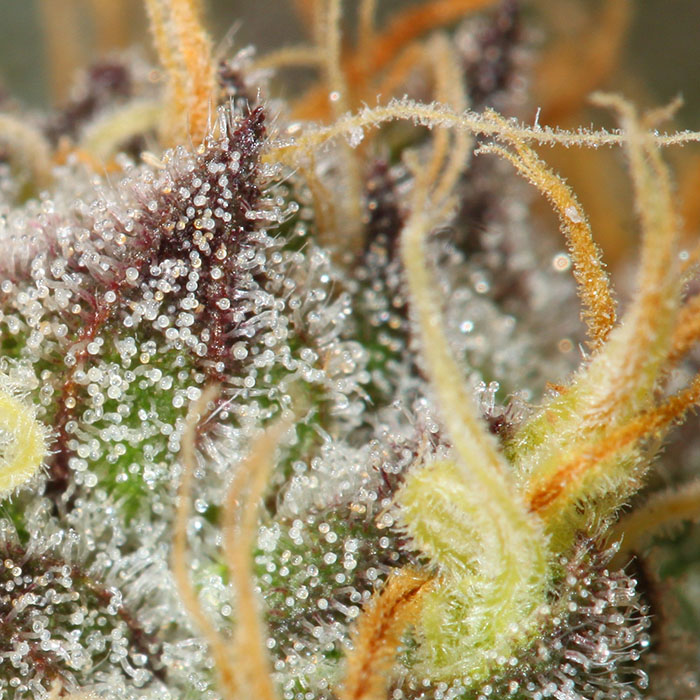
Cannabinoids
Cannabinoids are chemical compounds that play an essential role in medical cannabis, with three distinct types. Endocannabinoids are internally produced within the body, with plant-based phytocannabinoids originating primarily from the Cannabis Sativa plant species. Synthetic cannabinoids are derived through laboratory techniques designed to mimic their counterparts. Each type of cannabinoid also contains a range of other biochemical components such as flavonoids, terpenes, sugars, proteins, enzymes, and fatty acids – demonstrating just how complex this fascinating molecular landscape is.
Tetrahydrocannabinol (THC)
THC is the most abundant chemical in cannabis, and one of its primary benefits lies in its medical uses. It provides analgesic relief, reduces spasms and trembling, and decreases inflammation as well as vomiting or nausea-inducing effects. For those suffering from AIDS-related illnesses such as cachexia (muscle wasting), it has been known to increase appetite, leading many patients toward successful treatments. There are two forms of this cannabinoid component – THCA and THCV – each with unique properties that benefit us differently depending on our body’s chemistry.
Tetrahydrocannabivarin (THCA)
THCA, the most abundant compound in raw cannabis plants, is naturally non-psychoactive. However, when heated to above 250 degrees Fahrenheit, it undergoes a process known as decarboxylation, which converts THCA into its active and psychoactive form (THC). This cannabinoid has several medicinal benefits, including anti-inflammatory effects, muscle spasm relief, and even cell growth regulation capabilities – making it an essential part of medical marijuana treatments today.
Raw cannabis flower commonly contains THC in a range of 10% to 25%, while concentrated products often contain five times that amount, ranging from 50-90+%.
Tetrahydrocannabivarin (THCV)
THCV – an often overlooked cannabinoid found more commonly in sativa-dominant plants – produces effects that include increased energy and focus. In addition to its psychoactive properties, THCV is also thought to reduce appetite, which could have enormous implications in the medical field. While studies need further investigation before drawing definitive conclusions, the potential advantages of THCV seem incredibly promising, given its rarity. THCV typically yields concentrations at or below 5% total content.
Cannabidiol (CBD)
CBD is a potent compound that recently gained attention for its medical benefits. Its neuroprotective and immunomodulatory properties offer anti-inflammatory, anticonvulsant, antipsychotic, and antioxidant effects – making it an attractive option in modern medicine.
CBD elevates the cannabis experience without the psychoactive effects of THC. Most varieties of cannabis plants contain CBD concentrations that range from 15-25%, which can temper the stronger effects associated with high levels of THC.
Cannabinol (CBN)
Cannabinol (CBN) is often present in smaller quantities than Tetrahydrocannabinol and Cannabidiol, usually making up 1-5% of the total content.
CBN is a compound that doesn’t naturally occur in cannabis but arises through two particular processes. As the plant’s trichomes mature and degrade, CBN can start to form, and the compound also emerges when THC has been exposed to oxygen or heat for an extended period of time.
Not to be confused with its psychoactive counterpart THC, CBN is becoming increasingly popular for its natural sleep-inducing properties. It also has a wide range of additional benefits, which include reducing inflammation and convulsions and stimulating appetite while relieving nausea or pain. Many users have discovered the medicinal power of this compound, which shares similarities with THC and CBD yet offers distinct advantages on their own.
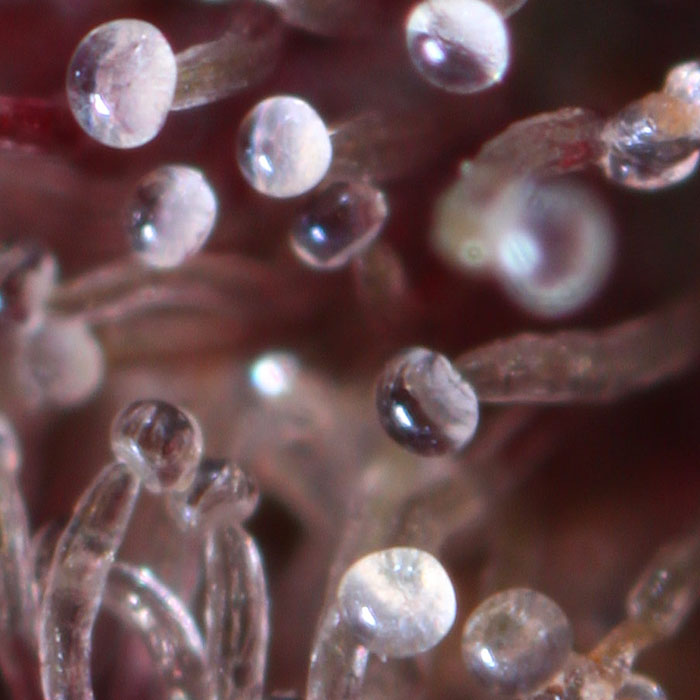
Terpenes
Cannabis has many unique and natural qualities, including its enticing smell. Have you ever stopped to marvel at the similarities between cannabis strains with lemony aromas and Meyer lemons? Not only is this scent as refreshingly intense as biting into a real lemon but no artificial additives are required!
Terpenes are plant-based molecules that contribute to the unique aromas of many plants, from menthol and citrus to cinnamon, ginger, cloves, and eucalyptus. For centuries these compounds have been used in traditional medicine for various applications such as herbal remedies or pharmaceuticals with antibacterial properties.
Benefits Beyond the Senses
Plants use terpenes in many essential oils and resins to ward off potential predators. These scents often attract honeybees, which aids in pollination and is critical for successful reproduction while also serving as a warning sign to keep others away. Aside from their defensive capabilities, terpenes form other vital molecules such as pigments, sterols, and vitamins used today in aromatherapy practices.
Cannabis terpenes may just be the unsung heroes of cannabinoids regarding their health benefits. Myrcene, for example, is known to increase cell permeability, which helps your body absorb more from the cannabinoids you’re taking. Beta-Caryophyllene (BCP) is typically found in black pepper and rosemary but often has an even more potent effect when sourced directly from cannabis plants. In fact, research suggests that this powerful terpene can actively fight cancerous cells within your body.
A Scientific Snapshot
Terpenes are organic compounds that can play an influential role in the effects of cannabis. Not only do they interact harmoniously with cannabinoid receptors, but some even block other compound formations and act as binding agents to create an array of psychoactive and physiological reactions. Scientists have determined that this synergy between multiple components working together creates the famous “entourage effect” we experience from THC and CBD-containing products.
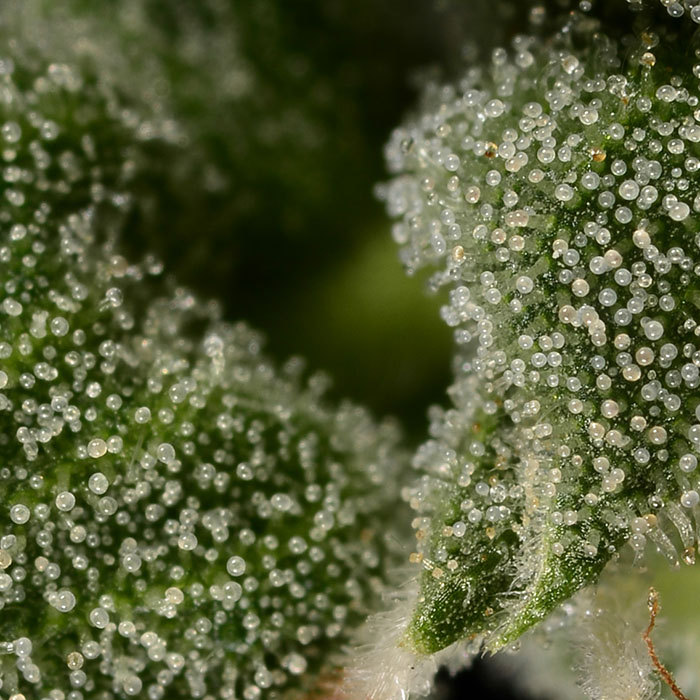
Trichomes
Despite its many associated health benefits, the cannabis plant’s trichomes are of exceptional importance. At first glance, it appears as translucent hairs on flower buds. But when viewed under a microscope, these glands reveal thousands of glistening, resin-filled sacs across leaves, stems, and buds – an incredible sight to behold.
A Significant Step Beyond Survival
Cannabis plants possess a unique and highly specialized defense system designed to protect them from predators, fungi growth, and environmental elements. One of the active components responsible for this exceptional protective shield is trichomes – epidermal outgrowths found on many species of plant life. But what sets cannabis apart is its very own Capitate-stalked trichome, which helps safeguard it and facilitates the maturation of its medicinal properties. Indeed an incredible feat in horticulture.
Where the Magic Happens
As a female cannabis plant matures, it produces trichomes – tiny glass-like mushrooms that sprout from the flower bracts. These glandular structures act as tunnels for transporting important medicinal and aromatic compounds in their oil-rich interior to the outer shell of their cap-shaped head. This is where we find an incredible variety of cannabinoids and terpenes, all creating unique profiles for each strain’s overall effects on our bodies.
The Kinetic Kaleidoscope
Trichomes create an incredible transformation in the cannabis plant, catalyzing a gradual physical and chemical change. A colorful metamorphosis takes place over time, with outer heads transitioning from transparent to milky white, amber, and deep reddish brown – all ultimately culminating into black after reaching the mature stage of life. THC degrades into CBN through prolonged exposure to light and oxygen within this final phase, accompanied by a decrease in terpene intensity. This subtly indicates harvest season is nearing its peak.
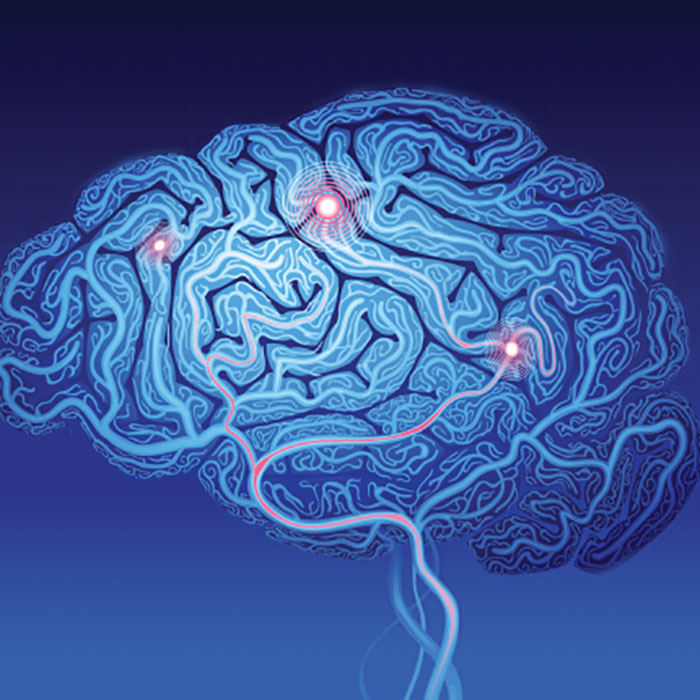
The Endocannabinoid System
The endocannabinoid system (ECS) aids in bringing balance and stability to living organisms, acting as an internal regulator of sorts. This dynamic network contains enzymes, receptors, and cannabinoids that all work together through a “lock-and-key” signaling process to help keep the body functioning optimally. Understanding how this intricate structure works can provide valuable insight into improving overall health.
What Constitutes a Cannabinoid?
Did you know that cannabis isn’t the only source of cannabinoids? These organic compounds can be found in plants, synthesized in labs, and even produced naturally within our bodies. We refer to these plant-based varieties as phytocannabinoids, while lab-made versions are called synthetic cannabinoids. But regardless of origin, each has a distinct role, and the human body even makes its own unique version – referred to as endocannabinoids.
Making Sense of Signals and Structure
The essential elements of ECS (endocannabinoid system) form the foundation for its operation. Receptors act as locks and keys, allowing only specific molecules to pass through; lipids are special fats that help transport signals within cells; enzymes break down those same lipids so they don’t stay active longer than necessary. Together, these three components work in perfect harmony to keep our bodies operating like finely tuned machines.
Receptors
In 1988, researchers at St. Louis University School of Medicine discovered cannabinoid receptors – specific proteins that respond to cannabis-related compounds. We now know cannabinoid receptors come in two varieties: CB1 and CB2 (both G protein-coupled). While the former is abundant in the brain and central nervous system cell membranes, the latter exists mainly on the surfaces of peripheral organs.
Lipids
The body produces two unique lipids that serve as bonding agents for the cannabinoid receptors: anandamide and 2-arachidonoylglycerol (2-AG). Known collectively as endocannabinoids, these substances help regulate physiological processes within our bodies.
Enzymes
Endocannabinoids are created through a complex process involving the action of specialized enzymes such as monoacylglycerol lipase and fatty acid amide hydrolase. These remarkable catalysts allow us to better understand this unique class of signaling molecules that play an essential role in maintaining homeostasis within our body’s systems.
Receptors at Work: Balancing Acts
Chemical signals made by CB1 and CB2 receptors significantly influence numerous physical and psychological conditions. They include inflammation, appetite control, pain relief, metabolism regulation, muscle coordination/control, and sleep cycles. They even affect less obvious body processes like intraocular pressure levels. Each receptor has different functions that offer various balancing points when used in tandem – with potential benefits to stress response patterns, mood balance, weight maintenance & more.
CB1
Recent studies have uncovered the potential of CBD to reduce nausea, vomiting, and pain. Additionally, there is evidence that it can relieve anxiety, paranoia, or stress caused by overactive CB1 receptors.
Moreover, early research suggests improved immunotherapy outcomes associated with certain cancers and appetite stimulation which could lead to obesity risk factors, such as muscular insulin resistance and increased glucose intake if not properly regulated.
CB2
The presence of CB2 receptors has been linked to decreased tissue damage and inflammation and improved insulin signaling for better metabolic health. However, excessive activation may impede the functioning of the immune system and hinder wound-healing processes.
Bottom Line: More Therapeutic Options for Patients and Practitioners
The ECS has revolutionized the medical field, providing exciting opportunities for physicians to explore beneficial treatments that can improve patients’ lives. With nearly three decades of research and development behind it, this cutting-edge discovery continues to shape modern medicine.
- Positive physical and emotional effects: The endocannabinoid system produces many beneficial effects on our bodies, from physical to emotional. Modulating nausea, hunger, and moods make it possible to make significant progress in medical treatments such as cancer therapies. Furthermore, the ECS can help foster creativity while also calming the mind, allowing us to be peaceful yet active at the same time.
- Maintaining equilibrium and stability: The Endocannabinoid System (ECS) is one of the body’s most important defense mechanisms, helping maintain balance and stability inside us even during stress or illness. It actively works to promote homeostasis – our natural ability for self-regulation.
- A foundation for well-being: The Endocannabinoid System (ECS) has been increasingly acknowledged as an integral factor in achieving optimum mental and physical well-being. This is no surprise given the considerable potential for therapeutic use that researchers from traditional medicinal backgrounds (as well as homeopathy) have uncovered through the ongoing investigation into this remarkable foundation of health and wellness.
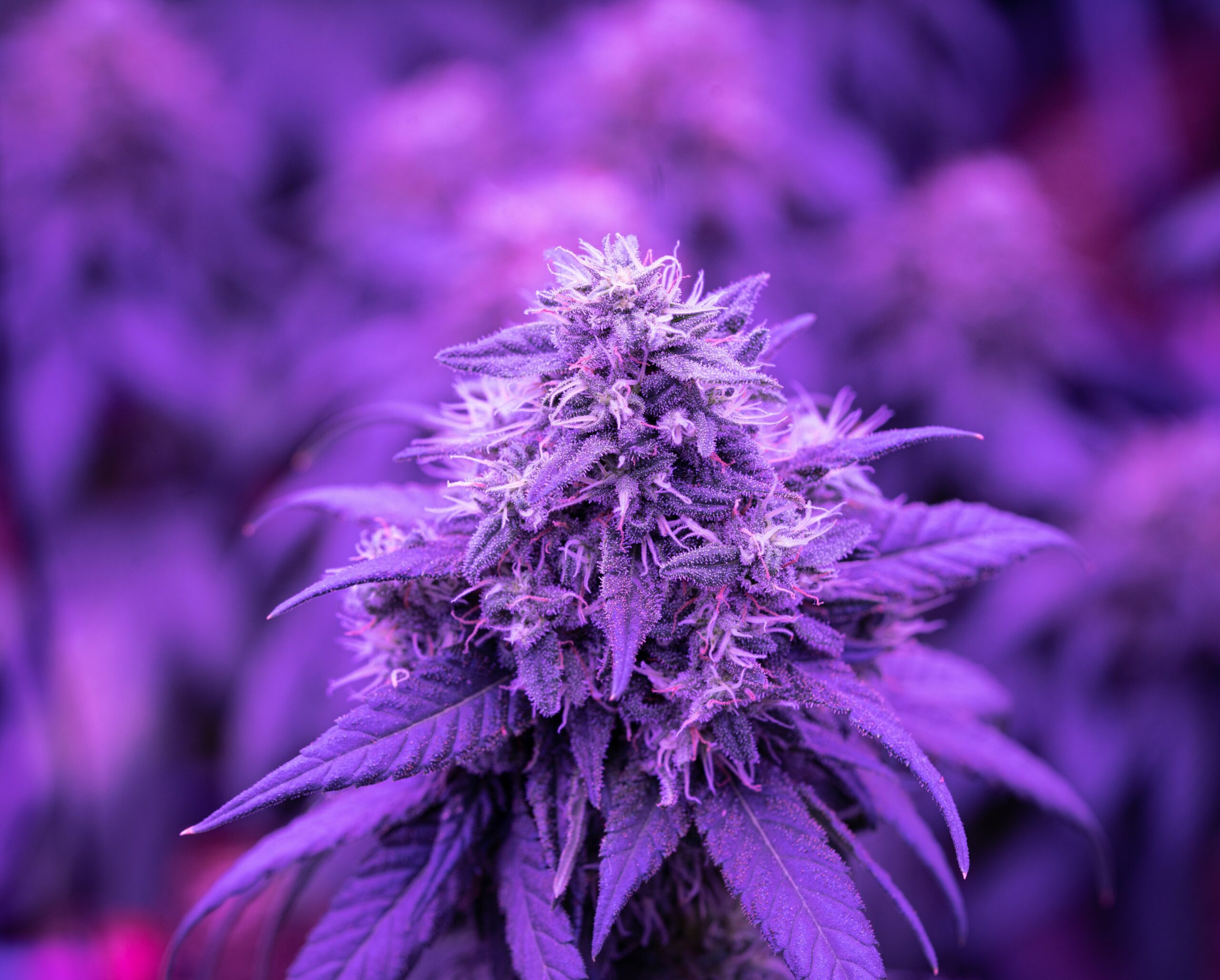
Indica vs Sativa vs Hybrid
Cannabis is composed of two main types — Indica and Sativa. Indica cannabis induces a sense of relaxation, whereas Sativa has an energizing effect on the user. A third type exists when these two are crossbred: hybrids produce a unique combination of both effects. However, due to complex chemical reactions within the body upon consumption, variations in experience may exist beyond this three-category system.
Cannabis forms and response time
The medical cannabis movement has led to various innovations, from tinctures and topicals to capsules and concentrates. Patients now have access to three primary types of marijuana-derived products for their healthcare needs – all with diverse consumption methods, effect profiles, and strengths.
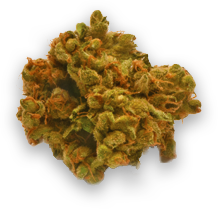
Flower
Cannabis flower is the basis for most forms of cannabis consumption, and its potential impact cannot be understated. When harvested at peak maturity and dried according to expert guidelines, it can provide a range of medicinal effects tailored to individual needs. Flower has a multitude of flavor profiles, such as citrusy or skunky, with various potency levels ranging from soothing relaxation up to invigorating euphoria in addition to fast-acting absorption methods via traditional smoking/vaporizing devices. The versatility of flower makes this form of marijuana genuinely remarkable in terms of healing powers and enjoyment.
Response time:
Cannabis flower is an incredibly versatile form of medicine, with various strains and potency levels that can create widely different results based on the individual. When inhaling cannabis for therapeutic purposes, it’s important to start gradually – take only one inhalation at first and wait ten minutes before repeating if needed. This will allow you to safely monitor effects as they come in order to achieve your desired outcome from the medication.
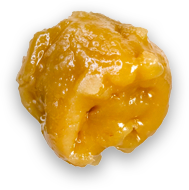
Concentrates
With a varied selection of concentrated cannabis, medical marijuana has become more potent and diverse. Extraction methods such as CO2, ethanol, or butane can be used to make concentrates from the oils contained in the cannabis plant. Patients can enjoy these products by smoking or vaporizing them, creating an intensely powerful form of medicinal consumption with faster-acting results than flower or infused options.
Response time:
Concentrates offer a rapid response, often observed within five minutes. It’s important to start with just one inhalation and wait up to seven minutes before taking another “dose” of medicine. This will allow you time to safely gauge its effects while avoiding potential overconsumption issues from rushing it too quickly.

Infused products
From traditional edibles to topicals and personal care items, cannabis extracts are making their way into an ever-expanding array of products. Now more than ever, consumers have a wide variety of options when it comes to finding the right kind of infused product for them – from candies and baked goods to tinctures, pills, and even beverages.
Response time:
When trying infused products for the first time, caution is advised. Due to varying potency levels and individual responses, it can be difficult to predict response times for these items accurately. For safety reasons, start small when experimenting with such a product in unfamiliar territory; wait at least 30–60 minutes before increasing your dose or undertaking any potentially hazardous activities (such as driving).
Cannabis consumption methods and response time
Different consumption methods of cannabis can drastically affect reaction time depending on the potency and form. From simply inhaling to ingesting edibles, each method has its own distinct way of delivering cannabinoid compounds, with their respective impact on how quickly it will take effect.
Inhalation
Flower and Concentrates
Inhalation is the most common way to consume cannabis flower or concentrates, with pipes and cigarettes being among the oldest methods of ingestion. A newer alternative gaining popularity due to its decreased exposure to carcinogens is vaporization, which requires a unique device that activates the active ingredients present in plant material for consumption through inhalation.
Directly consuming Cannabis can provide quick relief, with effects becoming noticeable after only a few minutes. The duration is relatively short and may necessitate additional doses over the course of several hours to achieve desired results.
Infused Products
Oral Ingestion
Cannabis edibles are an increasingly popular ingestion method for patients seeking a discreet and convenient way to consume the substance. Compared with inhalation, ingested cannabis products enter through the gastrointestinal tract first and then pass into the liver before entering circulation in the bloodstream. Effects from these may take up to two hours to manifest. They can generally last around 10 hours – depending on product potency, individual metabolic rate, or prior meals consumed.
Infused Products
Topical and Sublingual
People may experience cannabinoids quickly and effectively by allowing them to absorb directly into the bloodstream through their mucous membranes or blood vessels in the mouth. Commonly used products are tinctures, sprays, and strips, which can be placed on or under your tongue and inside your inner cheek pocket for fast-acting relief within minutes after consumption.
Cannabinoids can also be absorbed transdermally via topical products such as balms, salves, and lotions. These are especially effective for those targeting a localized area of pain, with effects usually felt within minutes of application.

Cannabis is well-known for its psychoactive compound, Tetrahydrocannabinol (THC). This molecule creates a euphoric feeling of being “high” and can impact a user’s mood or behavior. However, THC also has remarkable anti-inflammatory properties that may provide beneficial health outcomes.
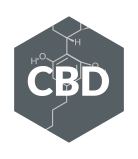
CBD is a powerful, natural wellness compound that relieves chronic pain and anxiety without any psychoactive effects. It works by interacting with the brain’s serotonin receptors to help regulate mood and overall well-being – unlocking health benefits previously unattainable through traditional remedies alone. As an alternative medicine, it has many potential medical uses of improving symptoms related to depression and reducing inflammation in the body caused by different conditions or injuries.

CBN (Cannabinol) is a lesser-known cannabinoid that carries its own impressive list of therapeutic benefits. CBN has been shown to offer essential medicinal purposes, from providing anti-insomnia relief to acting as an anticonvulsant. But what sets it apart from other cannabinoids like THC or CBD? Quite simply – age. Found in older cannabis plants rather than newly harvested ones, this milder psychoactive compound can help you achieve the rest and relaxation your body desires without any substantial side effects typically associated with compounds containing more potent levels of THC.
The Simplified Science of Strains
Cannabis plants are more than the sum of their parts – a combination of several elements determines each strain. These include its phenotype, chemical composition, growth environment, and cultivation methods. Furthermore, cannabinoids like THC or CBD contribute to their effect on users: psychoactive or physiological. However, terpenes also play an essential role; they can influence smell and taste and may also be responsible for delivering different therapeutic effects.
The Chemical Connection
Terpenes are a vital component of cannabis, providing medicinal properties by catalyzing chemical processes. They can take action to inhibit certain cell formations associated with cancer and inflammation or stimulate the appetite in users through molecular binding effects.
Cannabis use has increasingly been regarded as a viable medical treatment with many benefits. An essential factor to consider is the knowledge of chemical processes occurring at a molecular level. Studying terpenes – physical traits found in cannabis varieties that may be responsible for strain specificity between related plants – could provide valuable insight into its potential therapeutic uses for doctors, patients & practitioners alike.
Scent Supremacy
Terpenes exhibit a remarkable ability to create and emit diverse fragrances, which is actually an adaptation used for defense. This reliance on scent works in both positive and negative ways; some animals are drawn toward potent scents associated with food sources, while others instinctively avoid those that could threaten their survival. One example of this phenomenon can be seen in honeybees’ attraction to the smell of certain flowers – making them essential pollinators, aiding plants’ reproduction cycles.
Humans rely on their olfactory senses to determine what smells pleasant or unpleasant but don’t have a natural instinct for recognizing beneficial aromas from a physiological perspective. In fact, many plants with medicinal opportunities can be found in the produce section of grocery stores. Cannabis is incredibly complex because chemical interactions between its components must be considered when selecting strains. Sometimes, it comes down to trial and error before an individual discovers which ones offer the best relief for specific conditions.
Cannabis is quickly becoming one of the most promising plants for therapeutic uses. Cultivators are continuously breeding new strains to further expand cannabis’ potential healing power, with research uncovering specific terpenes and flavonoids that hold clues as to what conditions they could benefit from – even down to the unique aromas that can provide helpful guidance in choosing a strain.
